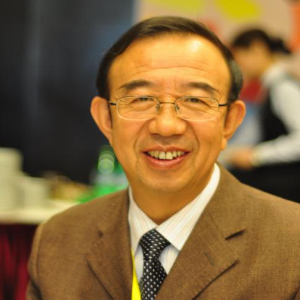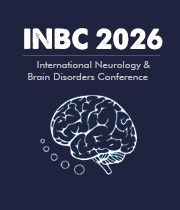Gliomas Of The Brainstem And Pons
Gliomas of the brainstem and pons are a type of brain tumor that occurs in the brainstem and pons regions of the brain. The brainstem is a conduit for important neural information between the cerebrum and the cerebellum. It is also essential for a variety of motor functions. The pons is located between the midbrain and the medulla oblongata. It helps to relay information between the neocortex, brain stem, and cerebellum. Both the brainstem and pons play important roles in normal brain function and are able to be damaged by a tumor in either region. Gliomas of the brainstem and pons are typically classified as astrocytomas, a type of glioma. This type of tumor is usually slow-growing and composed of star-shaped glial cells known as astrocytes. The cause of these tumors is generally unknown, but some risk factors have been identified, such as radiation exposure and genetic mutations. Gliomas of the brainstem and pons are often difficult to surgically remove. Surgery can be difficult due to the delicate tissue of the brainstem and the intricate neural connections it has. Depending on the tumor’s location and severity, different treatments are available. These may include radiation therapy, chemotherapy, and targeted drug therapy. Symptoms of gliomas of the brainstem and pons vary based on the size and location of the tumor. Common symptoms may include headache, nausea, vision changes, numbness or tingling, changes in muscle function, vertigo, and trouble with coordination or balance. Monitoring any changes in such symptoms is essential for successful treatment. Gliomas of the brainstem and pons can be life-threatening. Therefore, early diagnosis and treatment are essential for the best outcomes. Treatment usually focuses on controlling the tumor’s growth and reducing symptoms, with the goal of restoring as much normal brain function as possible.

Joe Sam Robinson
Mercer University, United States
Robert B Slocum
University of Kentucky HealthCare, United States
George Diaz
Memorial Healthcare Systems, United States
Daniel Curry
Texas Children’s Hospital, United States
Zhenhuan Liu
Guangzhou University Chinese Medicine, China
Kiran Ghotra
Lake Erie College of Osteopathic Medicine, United States




Title : Atypical presentation of Juvenile myoclonic epilepsy in a 16-year-old female: A Case Report
George Diaz, Memorial Healthcare Systems, United States
Title : What we don’t know about hydrocephalus and It’s management
Daniel Curry, Texas Children’s Hospital, United States
Title : Artificial intelligence-driven DWI and FLAIR for the detection of early stroke changes: A systematic review
Shari L Guerra, The Medical City, Philippines
Title : Mapping neuroplasticity in occupational therapy: Evidence-based interventions with measurable neural outcomes
Jessica Marchant, Texas Woman's University, United States
Title : Non-pharmacologic management of orthostatic hypotension in inpatient rehabilitation: A quality improvement initiative
Laura Steakin, Rehabilitation Institute at Sinai, United States
Title : Non-pharmacologic management of orthostatic hypotension in inpatient rehabilitation: A quality improvement initiative
Mackenzie Weber, Rehabilitation Institute at Sinai, United States